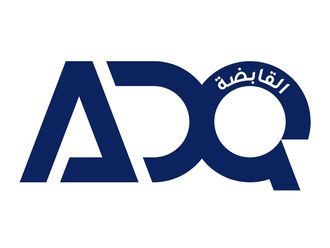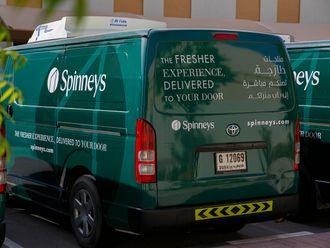They were expected to be the biggest art auctions ever: 113 carefully chosen lots that would shatter records and prove, once and for all, that the market had returned to the boom years of 2006 and 2007. When it came to it, though, evening sales at Christie's and Sotheby's of Impressionist and Modern art in London on June 22 and 23 were patchy at best.
Sotheby's came first, and had the worst time of it. The Bond Street auctioneer drew a stellar crowd that included Laurence Graff, a British jeweller specialising in huge diamonds, and Larry Gagosian, an influential New York art dealer who rarely appears in person at auctions. Sixteen of the 51 lots failed to find a buyer, however, including works that should have been popular: two Edgar Degas pastels, a late Picasso of a woman seated in an armchair with a cat, and a circus scene by Marc Chagall. Only three lots generated any real sense of excitement.
Christie's sale, the following night, had the better pictures and raised its highest total for a London sale. But even here, 16 of the lots failed to reach their reserve price. Picasso's early portrait of Angel Fernández de Soto, acquired by Andrew Lloyd Webber, a composer of musicals, in 1995 for £18.1 million, sold to an Asian bidder on the telephone for a hammer price of £31 million, just above its low estimate. Picasso's La Liseuse elicited just a single bid, which at £5 million was well below the low estimate. "Nymphéas", a water-lily scene by Claude Monet, which was estimated at £30 million-£40 million and which Christie's hoped might sell in line with another similar scene sold two years ago, failed to attract a single bidder.
With interest rates at record lows, art is an attractive alternative for the rich. But the lesson from both these sales is that buyers are skittish. They turn up, yes, but they easily vanish.












